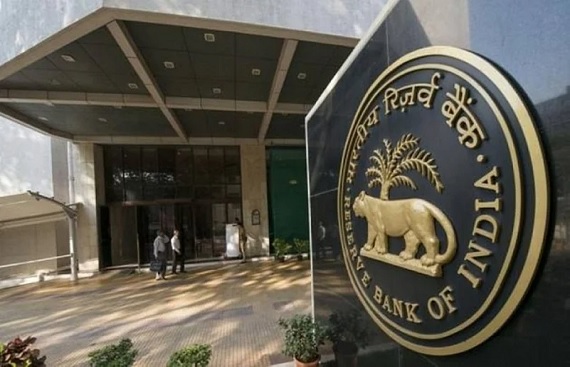RBI Tightens Digital Banking Rules to Safeguard Customers and Boost Transparency
By
siliconindia | Wednesday, July 23, 2025

- Banks must obtain explicit, documented consent before offering any digital banking service.
- Customers cannot be compelled to use digital platforms to access basic services like debit cards.
- RBI mandates robust monitoring systems, alerts for all transactions, and limited liability for unauthorized usage.
The Reserve Bank of India (RBI) has issued a draft circular outlining new guidelines for digital banking, with a focus on customer protection, fraud prevention, and informed consent. In a major move, the central bank has emphasized that banks should not compel customers to use digital banking channels as a prerequisite for availing services such as debit cards.
Digital banking channels include services offered via websites, mobile apps, or other electronic platforms. The RBI’s draft guidelines reinforce that customers must have the freedom to choose whether to opt for digital services. Explicit and documented consent will now be mandatory before providing any digital banking facility.
A key highlight of the draft is the proposed fraud protection measures. Banks must adhere to RBI's existing customer protection norms, especially in the case of unauthorized electronic transactions. Customers will receive alerts via SMS or email for both financial and non-financial transactions on their registered contact details.
For high-net-worth individuals those with a net worth exceeding Rs 50 crore the draft proposes an additional layer of regulation. Such individuals will need to seek prior approval from their bank to access digital transactional services. The net worth will be determined based on regulatory requirements or Rs 50 crore, whichever is higher, as of March 31 of the preceding financial year.
To ensure greater transparency, the RBI has directed banks to present all terms and conditions in plain, simple language across English, Hindi, and local languages. Additionally, banks are required to implement risk mitigation mechanisms based on transaction volume and velocity, aligned with their internal risk assessments.
Further strengthening digital safeguards, the RBI has asked banks to establish robust transaction monitoring systems. These systems must analyze transaction patterns and detect unusual or outlier activity. In such cases, prior confirmation from customers may be required under the bank’s Fraud Risk Management Policy.
These proposed guidelines aim to create a safer and more transparent digital banking environment, while empowering customers to make informed choices and ensuring their trust remains intact in the evolving financial ecosystem.
Read More News :
Finding the Best Loans for Students: Tips and Recommendations
Karnataka Launches 'Know GST' Drive as UPI Tax Notices Spark Panic Among Small Traders

